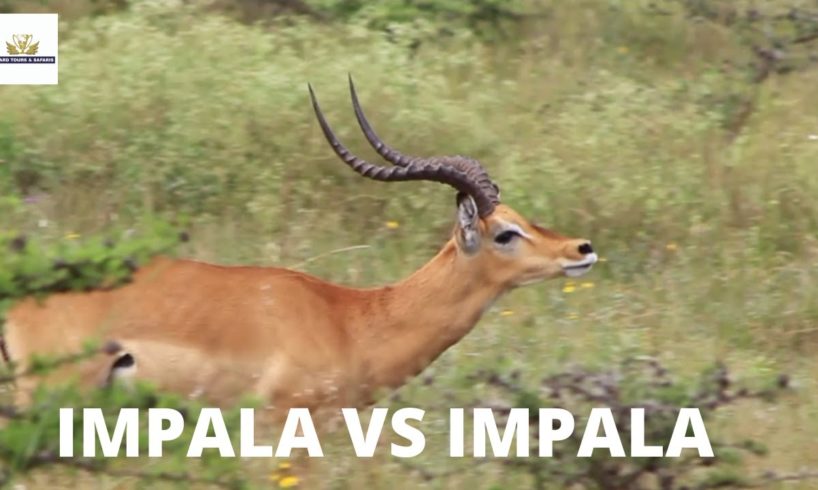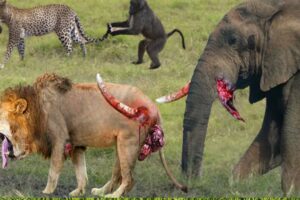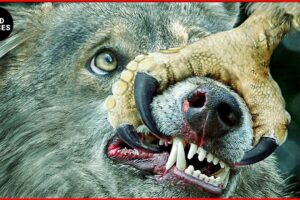
Amazing animal fights. The impala is much more unique than a first glance may suggest. Antelopes are medium-sized and they look similar to other antelopes, they look more like a mix between a goat and a deer but the dark stripes down the back of the impala’s thighs and the structure and shape of its horns set its apart. The horns, which are hollow at the bottom, are strong and flexible. Impalas are mostly active during the day, alternating their time between moving, resting, feeding, and grooming.
During fights, the shape of each horn’s arch helps lessen the impact of hits and protects the head.
They have long legs and necks and black, twisted horns. As members of the Bovidae family, they are related to goats, cattle and sheep.
Impalas have reddish brown hair with white fur on the underside of the chin, inside ears, on the belly and lips, over the eyes and on the tail.
They also have black stripes down the forehead, tail, thighs and ear tips
The impala is native to #Africa, and ranges from Angola, Namibia to northeast South Africa and north through Botswana, Zimbabwe, Mozambique, Zambia, Tanzania and Kenya
Impalas are mostly active during the day, alternating their time between moving, resting, feeding, and grooming. Impalas are herbivores, which means they only eat vegetation. Their diets consist of bark, leaves, wood, and stems.
Impalas are fantastic jumpers. Whilst on #safari you can easily spot them on your #Wildlife game drive
The average female herd is between 15 and 100 individuals. When food is plentiful, males become territorial, shepherding females about their land. In dry periods, territories are abandoned as herds must travel farther to find food and clans tend to overlap and intermix with each other.
There are very distinctive patterns during the breeding season.
In January the adult males in the bachelor herds become aggressive as their testosterone levels rises. At this time they abandon their bachelor herds and seek out female herds.
The impala males will start to roar and begin to fight frequently and quite intensely with challengers.They will also start thrashing bushes with their horns.The males have horn clashes and pushing fights.The males that are in sufficiently good physical condition establish territories in the process. Most of the prime males are between four and a half and eight and a half years old.
During the month of March a territorial ram starts herding females and chasing young males out of the breeding herds.
source







Exciting wildlife sightings at Nairobi national park.